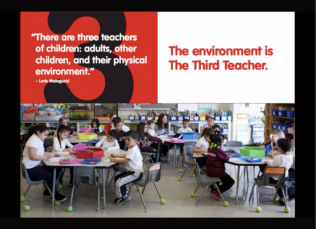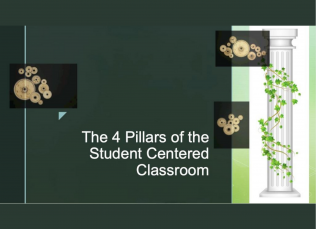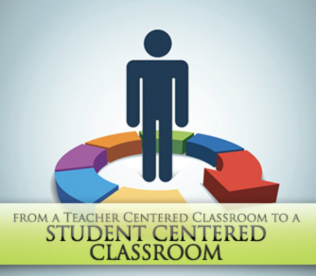
Flexible Learning Spaces and Learner Centered Education
In this session, participants will explore ways in which form drives function and how flexible learning spaces can support learner centered education.
In this session, participants will explore ways in which form drives function and how flexible learning spaces can support learner centered education.
Goals:
- Explore ways in which form drives function and how flexible learning spaces can support learner centered education.
Build Background and Reflect
- Read and explore resources from the Edutopia article: Classroom Makeovers to Engage Learning
- Reflect on the following questions after you have completed the article review:
- When learners walk into your classroom, what do you want them to see, feel, and think?
- Reflect on different environments in which you work and how they impact your ability to think, collaborate, be creative, motivate, or increase energy (i.e. The office, coffee shop, your living room, etc).
- How does form drive function in each of these environments?
- Reflect on the following questions after you have completed the article review:
Using a paper and pencil or an online tool like Mind Meister, create a mind map that outlines the connection between various flexible learning spaces in your current learning environment and the purpose for those spaces.
Video Session
Apply Your Learning
Review the research based document from Steelcase Education, shared in the video presentation, to discover ways to redesign your classroom and implement flexible learning spaces that have purpose and drive learning.
You may also consider how to bring elements of flexible learning spaces discussed in the 3rd Teacher to life.
Share this resource:
Posted date:
January 31, 2022






